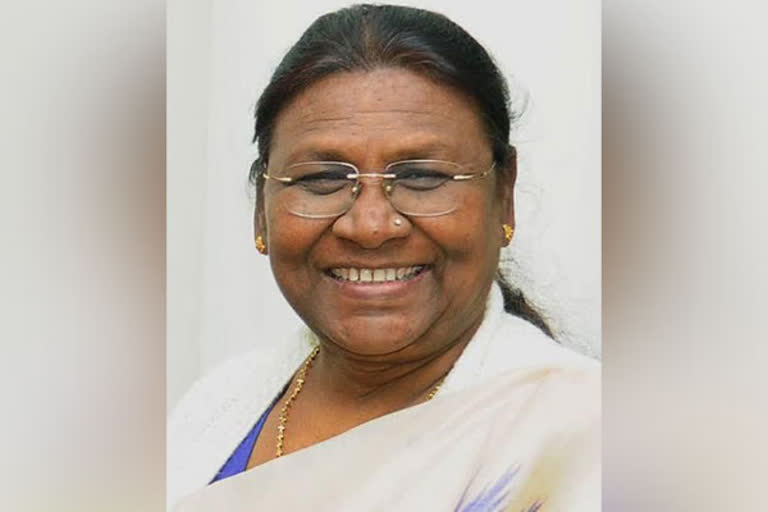Hyderabad: The BJP-led NDA government recently announced Draupadi Murmu as its presidential candidate. Soon after the announcement, people across the country began to know who Murmu is and how a tribal leader and teacher-turned politician was set to contest the polls for the highest post in India. Santals, the tribal community she belongs to, also became a topic of interest.
This ethnic group has a history and contribution to India's struggle for Independence. Two years before the start of the first war of independence, the Santals revolted for land and food. Despite knowing that they did not stand a chance in front of modern weapons, Santals clashed with the British army with bows and arrows to protect their self-respect and rights.
Santals are a tribe whose members live in Odisha, Jharkhand, Bengal and Bihar. They speak Santali. Before the East India Company tried to plunder their forests, Santals would make a living by hunting animals, protecting, and cultivating trees. The British, who saw business and profits in everything, preyed on the forests the Santals inhabited. They decided to clear the forests and cultivate commercial crops.
Also read: All about Draupadi Murmu, the tribal woman NDA has chosen as its President candidate
In addition, in 1793, Charles Cornwallis, Commander-in-Chief of British India, introduced the feudal system and divided the land among the zamindars. The forest land under the protection of the Santals was also auctioned and handed over to the zamindars. The matter was not conveyed to the Santals. A special area was designated as Santal Pargana (now in Jharkhand) with the assurance that the Santals would be allotted land in one place so that they could farm, to which they agreed.
The Santals brought their folks from Odisha, Bihar and Bengal to Jharkhand. They worked hard to clear the jungle land and make it habitable and cultivable. The English, however, deceived the simpleton tribesmen when the land was fully cultivated and handed it over to the zamindars enslaving Santals under them. Besides, the tribe had no concept of monetary transactions as they would rely on a barter system.
They had to rely on creditors and moneylenders to pay the land tax to zamindars. Gradually, many Santals turned to manual labour in the construction of railways and indigo cultivation. Their lives became miserable. No matter how many times they pleaded with the English government, it was to no avail. Amid growing dissatisfaction with the state of affairs, Sidhu and Kanhu Murmu, two brothers among the Santals, united the tribal community.
In June 1855, Sidhu Murmu announced that they could end the oppression only through rebellion, and sent messages written on leaves to fellow tribesmen. On June 7, 1855, about 10,000 people gathered in the village of Bhognadih and sent a warning to the zamindars and East India Company officials. As there was no response, they left for Calcutta to meet the Governor-General.
The British government arrested their chief on the way, agitating the Santals. They began attacking with their bows and arrows. The rebellion spread like wildfire. The aborigines declared independence in their territories and vowed to fight the British and their agents till their last breath. The East India Company took the rebellion lightly and sent some police officials to negotiate with the Santals. The cops were killed and their corpses were sent back shocking the rulers who geared up for war.
By then, the Santals had already occupied several areas in Rajmahal (present-day Jharkhand), Bhagalpur (Bihar) and Birbhum (Bengal). They forced out landlords and moneylenders. The British police who came to support the zamindars also fled. Understanding the gravity of the situation, the English brought in advanced arms from Bengal and began attacking the tribesmen.
Santals fought with their traditional bows and arrows. Though they held their ground for a year, Santals could not win against troops armed with artillery. The British army killed about 20,000 Santals, including the Murmu brothers. Although the uprising ended in 1856, the guerrilla-style attacks continued until 1857. Despite the successful suppression of the tribal uprising, the English had corrected their mistake. The Santal Parganas Tenancy Act was enacted to prevent Santal land from being plundered by others. Peacekeeping in their areas was handed over to the village heads rather than the police.



